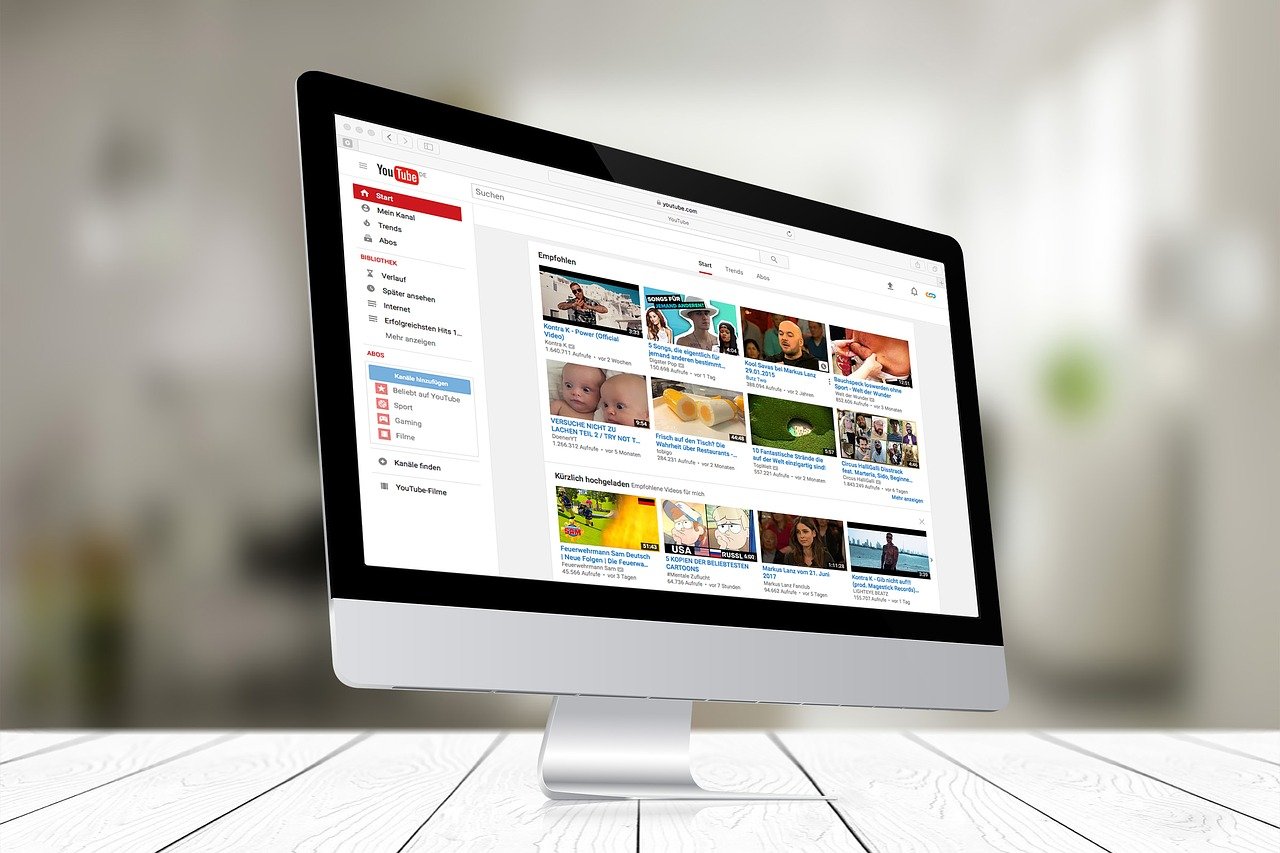Are you looking for strategies to help students who cannot follow a routine? If so, keep reading.
1. Give the student structure for all academic learning activities (e.g., specific instructions, routine (schedule) format for tasks, time limits, etc.).
2. Get the student to define their goals. Support the student in developing specific strategies to achieve their goals and follow through on those strategies.
3. Get the student to ask themselves questions (e.g., “What’s next?”) to keep themselves focused on the daily classroom routine (schedule).
4. Talk about the student’s routine (schedule) with them at the beginning of each day and make sure that they know the expectations.
5. Let the student take part in deciding when changes in their routine (schedule) will happen.
6. Restrict the number of changes in the student’s established routine (schedule). As the student shows success, slowly increase the number of changes in the routine (schedule).
7. Inform the student when it is time to change learning activities to enable their capacity and ability to follow a routine (schedule).
8. Make sure that the learning activities in the student’s routine (schedule) are on their capacity and ability level.
9. Make sure that the teacher is a model for following a routine (schedule).
10. Show the student the need to keep flexibility in following a routine (schedule) when changes in the routine (schedule) are required.
11. Make sure the student does not have a lot of unstructured time.
12. Get the student to find a peer who has the capacity and ability to follow a routine (schedule). Urge the student to observe that person and try to model the behaviors that let them follow a routine (schedule) without becoming distracted.
13. Make it a routine (schedule) to periodically review the classroom/school routine (schedule) with the student.
14. Create classroom routine (schedule) (e.g., learning materials ready when class begins, homework turned in before the end of class, etc.).
15. Get the student to use electronic reminders to assist them in following a routine (schedule) (e.g., a programmable watch, computer programs, electronic calendar, etc.).
16. Consider using a classroom management app. Click here to view a list of apps that we recommend.
17. Consider using an adaptive behavior management app. Click here to view a list of apps that we recommend.
18. Consider using Alexa to help the student learn to behave appropriately. Click here to read an article that we wrote on the subject.
19. Click here to learn about six bonus strategies for challenging problem behaviors and mastering classroom management.





